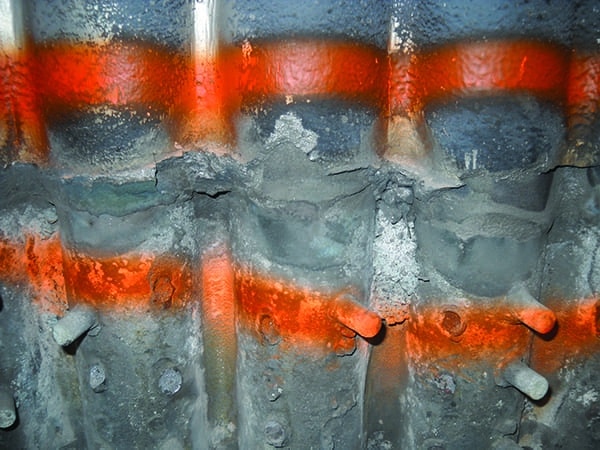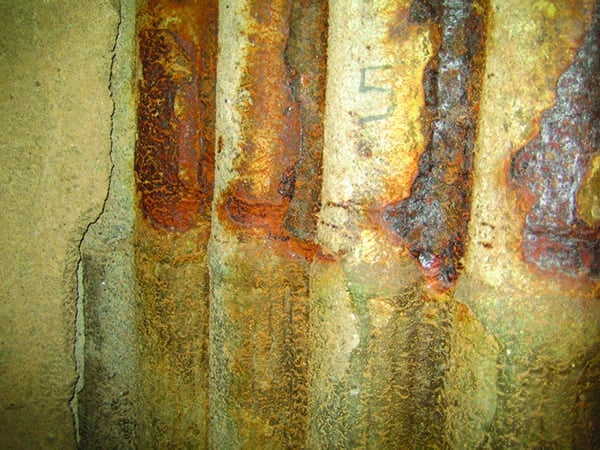Newsroom - Sep 12, 2022
Fuel Change Often Require Boiler Erosion and Corrosion Protection
Metal loss of the pressurized tubes inside the boiler is a big concern for boiler designers and operators. Changing fuel composition and other service parameters can lead to accelerated erosion and corrosion, which needs to be mitigated using proven and robust materials.
The power generation industry has been faced with increasing pressures from environmental agencies regarding emissions. These initiatives have forced the sector to change fuel, evolve and develop cleaner processes.
Adapting to Fuel Change
One of the first measures was to optimize combustion by using low-NOx burners with optimum parameters for NOx reduction. The combustion chamber, which was typically an oxidizing environment, has turned into a reduction environment. The boiler and its tube material were not designed for such conditions, leading to an increase in corrosion rates in the boiler tubes.
In addition to this modification, many plants took the opportunity for fuel diversification, and in some regions, low-cost coal has been a preferred option. However, the price of coal is also relative to its quality, with higher-cost coal having a greater heating value, while other coals may have a lower concentration of carbon, but also a lower heating value.
The combination of the environment changing from oxidation to reduction, and from low- to high-sulfur content coal, has created a significant increase in the corrosion rates. This situation can be aggravated further by erosion due to abrasive ashes or corrosion under deposits when ash builds up in certain areas.


How do Plants Protect Assets from Accelerated Erosion and Corrosion?
Typical protection solutions include Weld Metal Overlay (WMO) which has good longevity but is costly and time-consuming to apply. Thermal spray can also be used to protect boiler water walls; it is faster to apply although not seen as robust as WMO. However, in recent years this technology has been redeveloped by IGS to become a reliable, long-lasting solution that is quick to apply.
IGS conducted significant research and development (R&D) work in the early 2000s, with a goal of developing new high-velocity thermal spray feedstock materials, which would control the alloy integrity during the application process. In this way, the applied microstructure would be fit for the service environment of the asset. The R&D project focused on the permeability of the applied high-velocity thermal spray microstructures, assessing the resistance of the applied materials to permeation by aggressive/corrosive fluids, the shape of the deposited particles being sprayed, and controlling residual stresses.
What is the State of the Art?
Following development of bespoke feedstock alloys, high-velocity thermal spray is no longer a shop-only solution when long-term reliability was essential. It has now become a surface technology effectively deployed as a lasting corrosion barrier in the field, during shutdowns and turnarounds, reducing critical path, and ensuring lasting reliability in the most arduous operating environments. As the adaptation of this technology continued to grow, biomass and waste-to-energy plant operators started to recognize it as an optimum erosion/corrosion barrier to protect their fixed assets’ parent metal.
Talk to an IGS Erosion and Corrosion Expert Today
IGS is here to provide information, answer questions and create an effective solution for your needs.

